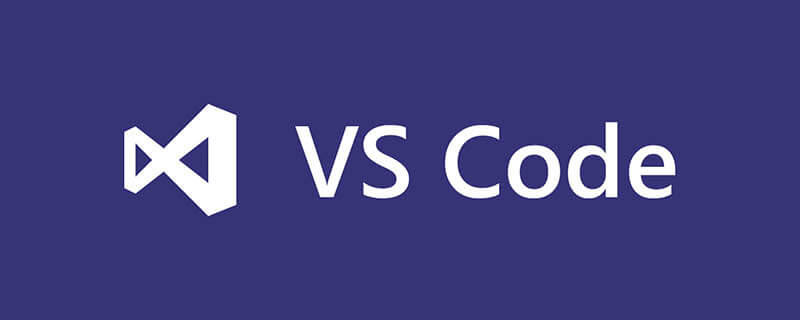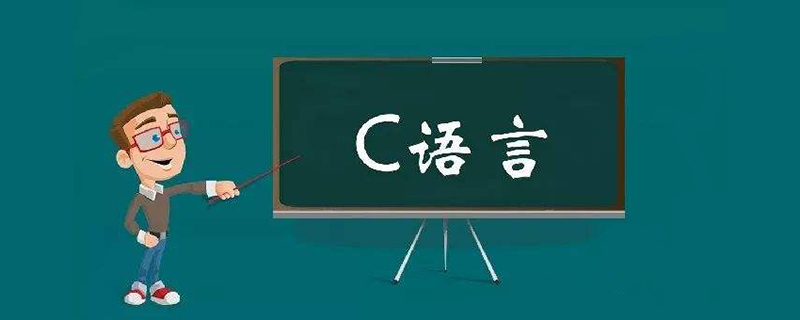The only function in C language is: "main" function. The "main" function, also known as the main function, is the starting point of program execution; if there are other functions, it will complete the calls to other functions and then return to the main function. Finally, the "main" function ends the entire program.

The only function in C language is: main function
main function, also known as main function Function is the starting point of program execution
Program execution always starts from the main function. If there are other functions, it will return to the main function after completing the calls to other functions, and finally ends with the main function. the entire program. When executing the program, the main function is called by the system.
The main function is called after the initialization of non-local objects with static storage duration is completed during program startup. It is the designated entry point for a program in a hosted environment (that is, an operating system). Entry points for stand-alone programs (boot loaders, operating system kernels, etc.) are implementation-defined.
The formal parameters in the two formal parameter forms of the main function allow arbitrary multi-byte strings to be passed from the execution environment (they are often called command line parameters), each pointer argv[1]. .argv[argc-1] points to the first character of each of these strings. argv[0] is a pointer to the first characters of a null-terminated multibyte string (or the empty string "" when the execution environment does not support it) representing the name of the program itself used to execute it.
These strings can be changed, although changes to them will not be passed back to the execution environment: for example, they can be used with std::strtok. The size of the array pointed to by argv is at least argc 1, and its last element argv[argc] is guaranteed to be a null pointer.
In the latest C99 standard, only the following two definitions are correct:
int main( void ) /* 无参数形式 */
{
...
return 0;
}int main( int argc, char *argv[] ) /* 带参数形式 */
{
...
return 0;
}int specifies the return type of the main() function, and the parentheses after the function name Typically contains information passed to the function. void means no parameters are passed to the function. We will discuss the parameterized form later.
Browsing the old version of C code, you will find that the program often starts with.
main()
This form begins. The C90 standard allows this form, but the C99 standard does not. So even if your current compiler allows it, don't write it like this.
There is another form you may have seen.
void main()
Some compilers allow this form, but no standard has considered accepting it. Bjarne Stroustrup, the father of C, clearly stated in the FAQ on his homepage: The definition of void main() never existed in C or C. Therefore, the compiler does not have to accept this form, and many compilers do not allow it to be written this way.
The point of insisting on using standards is that when you move your program from one compiler to another, it will still run normally.
Recommended tutorial: "C Language"
The above is the detailed content of What is the only function in C language?. For more information, please follow other related articles on the PHP Chinese website!
 (超详细)VScode中配置C语言环境的方法Dec 05, 2022 pm 07:05 PM
(超详细)VScode中配置C语言环境的方法Dec 05, 2022 pm 07:05 PMVScode中怎么配置C语言环境?下面本篇文章给大家介绍一下VScode配置C语言环境的方法(超详细),希望对大家有所帮助!
 c语言中node是什么意思Jul 06, 2022 pm 03:51 PM
c语言中node是什么意思Jul 06, 2022 pm 03:51 PM在C语言中,node是用于定义链表结点的名称,通常在数据结构中用作结点的类型名,语法为“struct Node{...};”;结构和类在定义出名称以后,直接用该名称就可以定义对象,C语言中还存在“Node * a”和“Node* &a”。
 c语言怎么将数字转换成字符串Jan 04, 2023 pm 03:20 PM
c语言怎么将数字转换成字符串Jan 04, 2023 pm 03:20 PMc语言将数字转换成字符串的方法:1、ascii码操作,在原数字的基础上加“0x30”,语法“数字+0x30”,会存储数字对应的字符ascii码;2、使用itoa(),可以把整型数转换成字符串,语法“itoa(number1,string,数字);”;3、使用sprintf(),可以能够根据指定的需求,格式化内容,存储至指针指向的字符串。
 c语言开根号运算符是什么Mar 06, 2023 pm 02:39 PM
c语言开根号运算符是什么Mar 06, 2023 pm 02:39 PM在c语言中,没有开根号运算符,开根号使用的是内置函数“sqrt()”,使用语法“sqrt(数值x)”;例如“sqrt(4)”,就是对4进行平方根运算,结果为2。sqrt()是c语言内置的开根号运算函数,其运算结果是函数变量的算术平方根;该函数既不能运算负数值,也不能输出虚数结果。
 c语言数组如何初始化Jan 04, 2023 pm 03:36 PM
c语言数组如何初始化Jan 04, 2023 pm 03:36 PMC语言数组初始化的三种方式:1、在定义时直接赋值,语法“数据类型 arrayName[index] = {值};”;2、利用for循环初始化,语法“for (int i=0;i<3;i++) {arr[i] = i;}”;3、使用memset()函数初始化,语法“memset(arr, 0, sizeof(int) * 3)”。
 c语言合法标识符的要求是什么Aug 27, 2020 pm 01:47 PM
c语言合法标识符的要求是什么Aug 27, 2020 pm 01:47 PMc语言合法标识符的要求是:1、标识符只能由字母(A~Z, a~z)、数字(0~9)和下划线(_)组成;2、第一个字符必须是字母或下划线,不能是数字;3、标识符中的大小写字母是有区别的,代表不同含义;4、标识符不能是关键字。
 c语言中源文件编译后生成什么文件Nov 23, 2022 pm 07:44 PM
c语言中源文件编译后生成什么文件Nov 23, 2022 pm 07:44 PMc语言编译后生成“.OBJ”的二进制文件(目标文件)。在C语言中,源程序(.c文件)经过编译程序编译之后,会生成一个后缀为“.OBJ”的二进制文件(称为目标文件);最后还要由称为“连接程序”(Link)的软件,把此“.OBJ”文件与c语言提供的各种库函数连接在一起,生成一个后缀“.EXE”的可执行文件。
 c语言怎么计算n的阶乘Jan 04, 2023 pm 03:18 PM
c语言怎么计算n的阶乘Jan 04, 2023 pm 03:18 PMc语言计算n的阶乘的方法:1、通过for循环计算阶乘,代码如“for (i = 1; i <= n; i++){fact *= i;}”;2、通过while循环计算阶乘,代码如“while (i <= n){fact *= i;i++;}”;3、通过递归方式计算阶乘,代码如“ int Fact(int n){int res = n;if (n > 1)res...”。


Hot AI Tools

Undresser.AI Undress
AI-powered app for creating realistic nude photos

AI Clothes Remover
Online AI tool for removing clothes from photos.

Undress AI Tool
Undress images for free

Clothoff.io
AI clothes remover

AI Hentai Generator
Generate AI Hentai for free.

Hot Article

Hot Tools

SublimeText3 Mac version
God-level code editing software (SublimeText3)

Dreamweaver Mac version
Visual web development tools

SublimeText3 Chinese version
Chinese version, very easy to use

VSCode Windows 64-bit Download
A free and powerful IDE editor launched by Microsoft

SublimeText3 Linux new version
SublimeText3 Linux latest version






